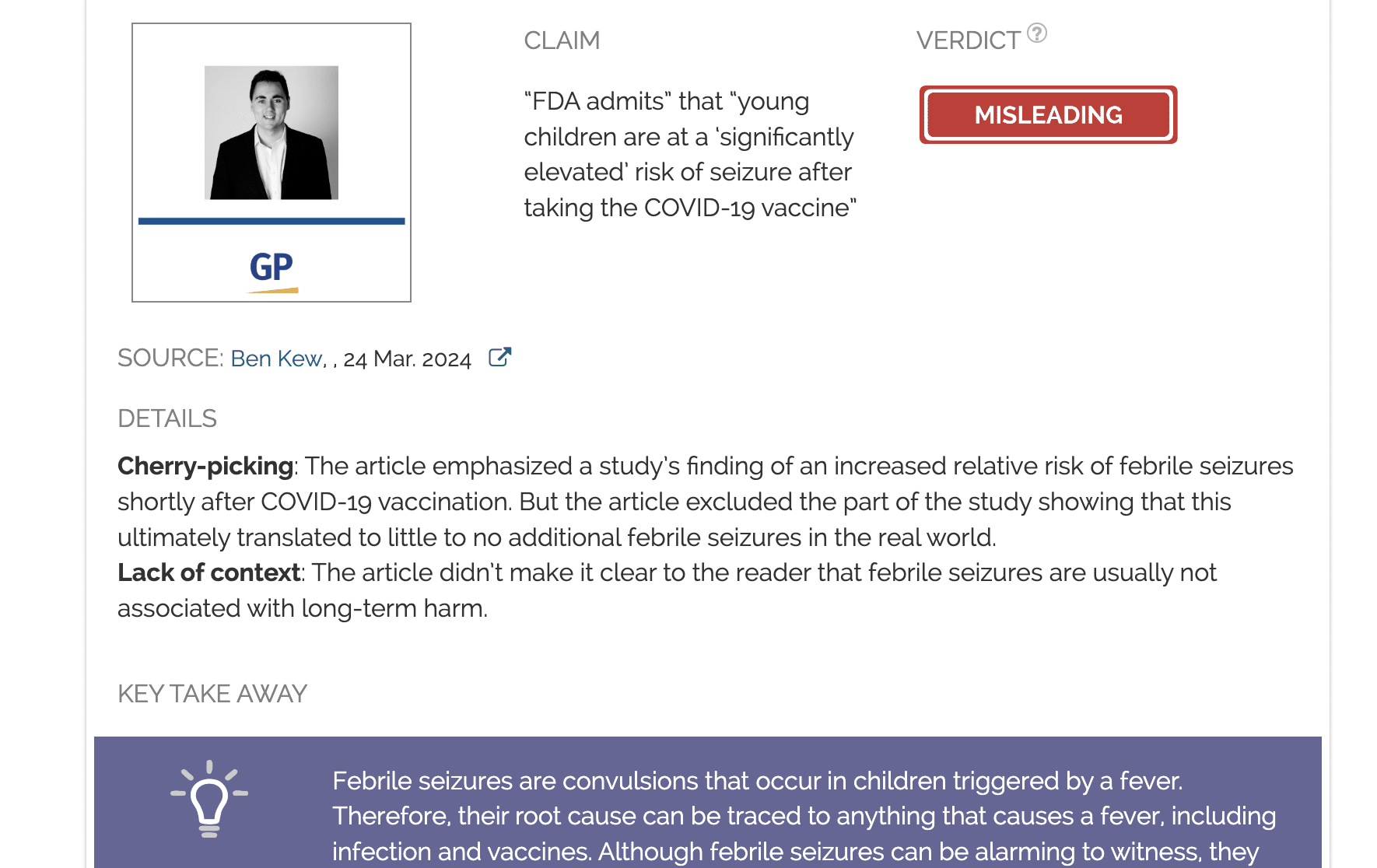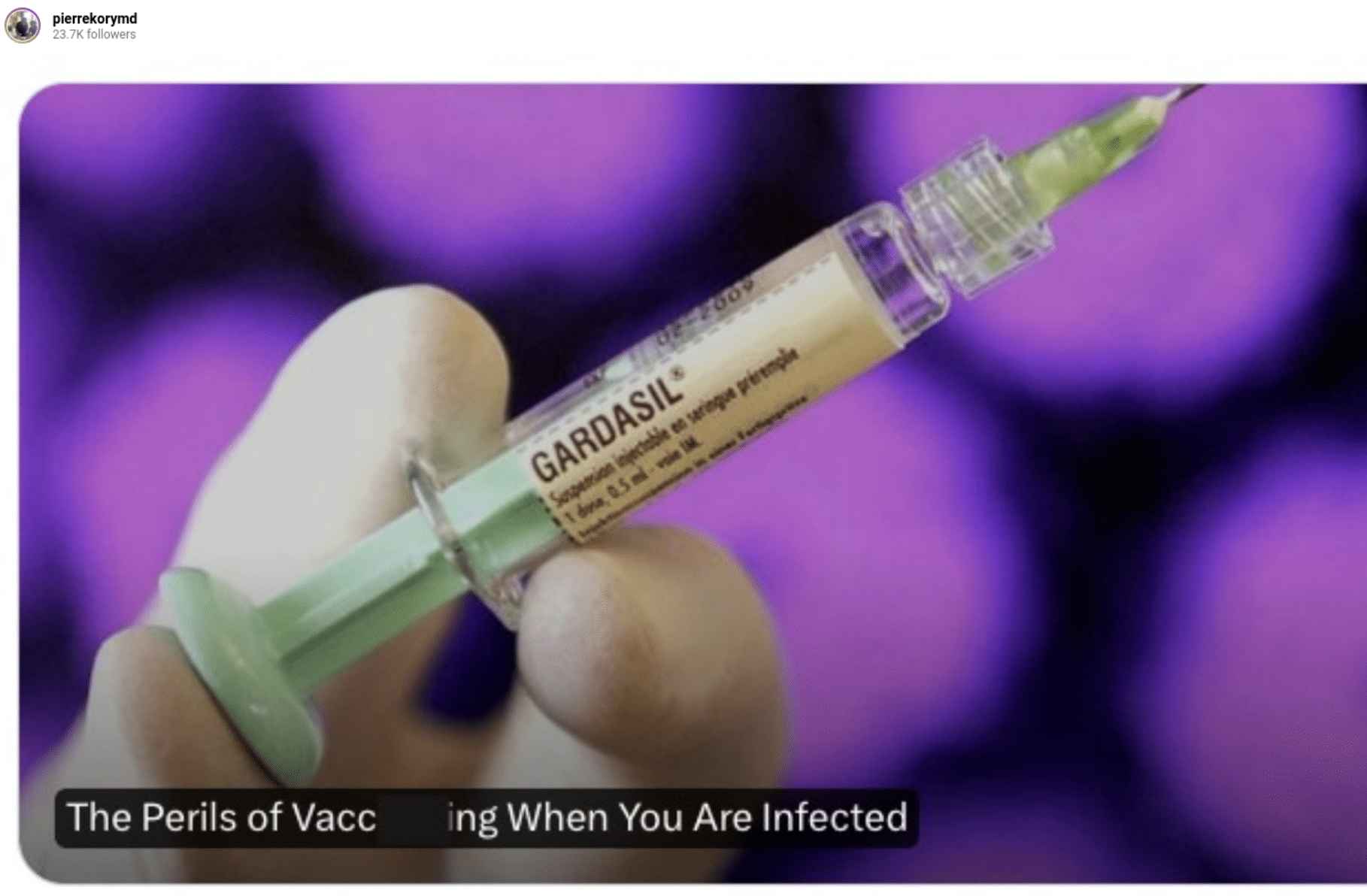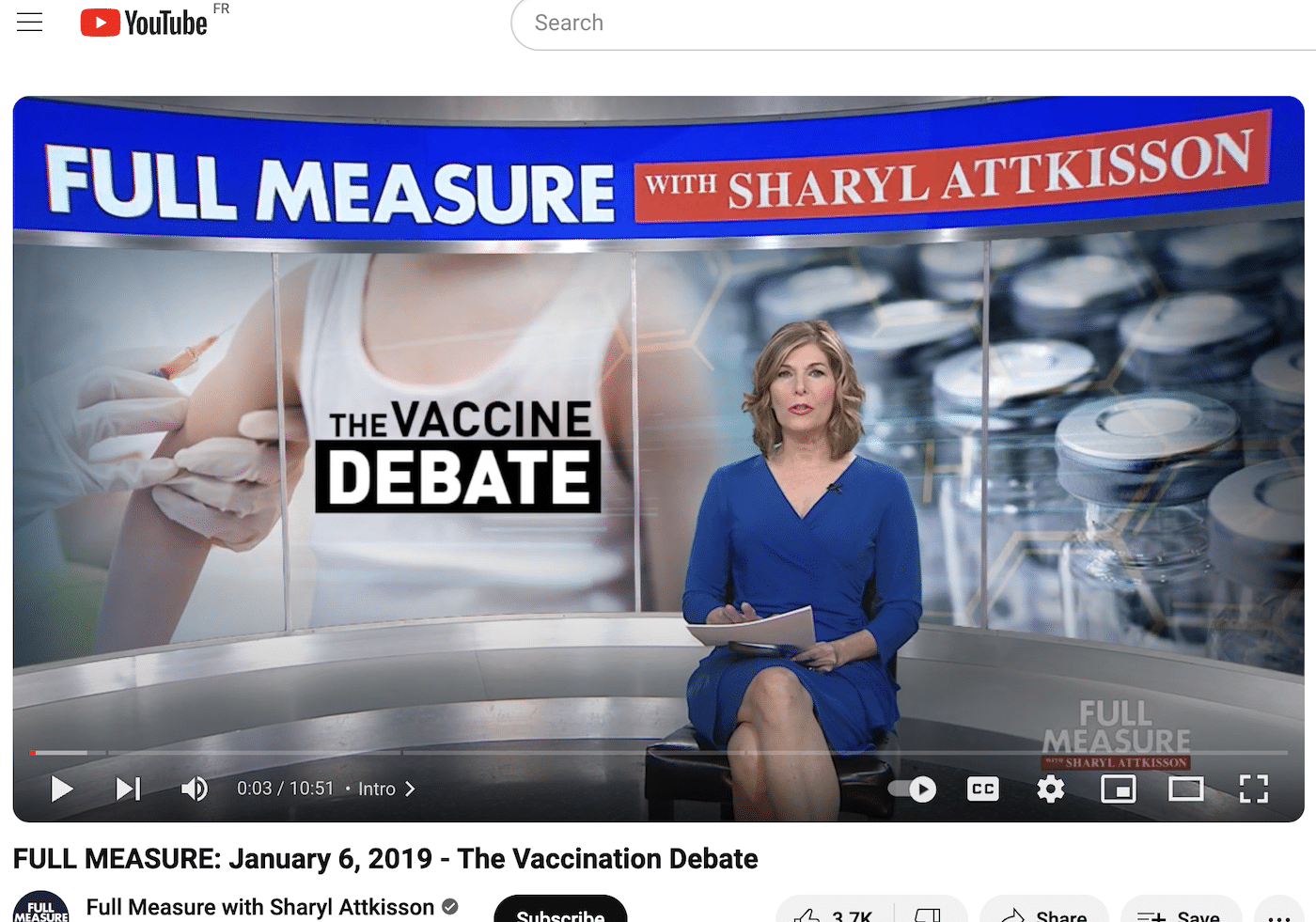- Health
Article wrongly claims that measles vaccine claims more lives than measles infection, misinterprets epidemiological data
Key takeaway
Measles infection resulted in an estimated 2.6 million deaths worldwide every year before the vaccine was introduced in 1963. The claim that the measles vaccine has caused more deaths than the measles infection is inaccurate and based on a flawed interpretation of epidemiological data.
Reviewed content
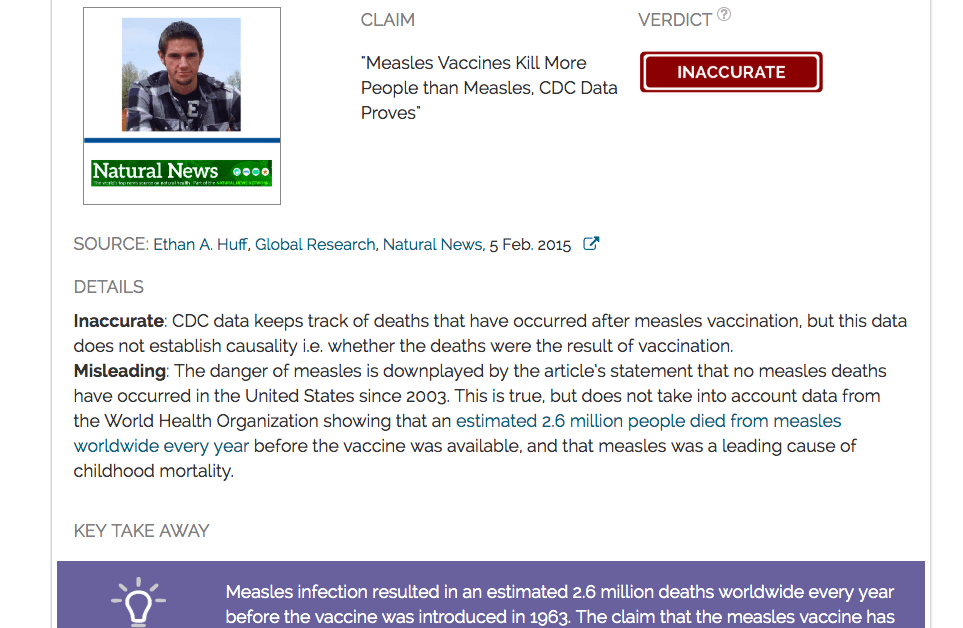
Verdict:
Claim:
Measles Vaccines Kill More People than Measles, CDC Data Proves
Verdict detail
Fails to grasp significance of observation: CDC data keeps track of deaths that have occurred after measles vaccination, but this data does not establish causality, i.e. whether the deaths were the result of vaccination.
Misleading: The danger of measles is downplayed by the article’s statement that no measles deaths have occurred in the United States since 2003. This is true, but does not take into account data from the World Health Organization showing that an estimated 2.6 million people died from measles worldwide every year before the vaccine was available, and that measles was a leading cause of childhood mortality.
Full Claim
Measles Vaccines Kill More People than Measles, CDC Data Proves
Review
This article, originally published by Natural News, has also been reproduced by Global Research. In its headline, it claims that the measles vaccine has killed more people than measles infections, and that data from the CDC proves this. The CDC data it cites is from the Vaccine Adverse Event Reporting System (VAERS) database. A search of the database for all deaths reported after measles vaccination, including single and combination vaccines, from 1990 (when the database was established) to May 2019 turned up 90 cases, and not 108 as reported in the article.
But one of the biggest caveats to using VAERS data is that a report can be made even without proof that the vaccine caused the adverse event, meaning that no causal relationship is established by adverse event reports. This is made clear in the VAERS database: “A major limitation of VAERS data is that VAERS cannot determine if the adverse health event reported was caused by the vaccination.
On the other hand, the World Health Organization has estimated millions of deaths from measles infection every year before the measles vaccine was introduced: “Before the introduction of measles vaccine in 1963 and widespread vaccination, major epidemics occurred approximately every 2–3 years and measles caused an estimated 2.6 million deaths each year.” If we account only for the United States, CDC data shows that approximately 500 deaths were recorded yearly before the vaccine was introduced.
While the United States has not seen measles deaths in a decade, the danger of measles infection is shown in developing countries like Madagascar and the Philippines, which are currently dealing with measles outbreaks and where access to medical care is comparatively limited. In these latest outbreaks, Madagascar has seen more than 1,200 deaths from measles, while the Philippines has recorded more than 400 deaths.
The article misleadingly uses measles mortality to support its statement that the measles vaccine is not necessary for preventing measles-related deaths. As Dr. David Gorski points out in his article on Science-Based Medicine, a more appropriate comparison would use a graph of measles incidence (since the measles vaccine’s purpose is to prevent a person catching the infection in the first place) – CDC data below shows a clear decline after 1963 when the measles vaccine was introduced (source of graph).
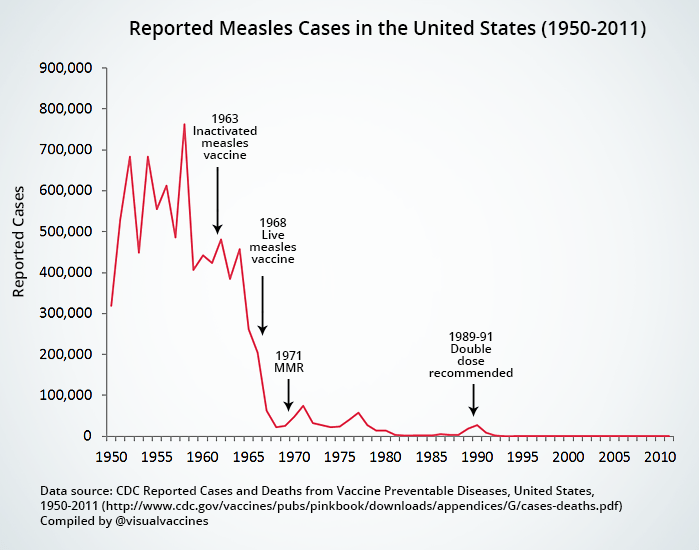
While the article is correct in saying that a natural measles infection generally provides lifelong immunity to the measles virus, it fails to take into account the well-documented fact that measles infection also leads to immunosuppression. This compromises a person’s ability to defend against other pathogens[1,2,3]. In short, the individual is now protected from measles but more vulnerable to every other forms of infection.
In a review, Griffin writes: “In most individuals, this immune response is successful both in clearing infection from the multiple sites of virus replication and in establishing life-long immunity to re-infection. However, infection is also associated with several weeks of immune suppression with the consequence that the primary causes of measles deaths are secondary infections.”[1]
ACKNOWLEDGEMENTS
This article has been reviewed for accuracy by the immunologist Professor Ian Frazer of the Diamantina Institute at the University of Queensland.
REFERENCES
- 1 – Griffin D. (2010) Measles virus-induced suppression of immune responses. Immunological Reviews.
- 2 – Mina et al. (2015) Long-term measles-induced immunomodulation increases overall childhood infectious disease mortality. Science.
- 3 – Gadroen et al. (2018) Impact and longevity of measles-associated immune suppression: a matched cohort study using data from the THIN general practice database in the UK. British Medical Journal.

